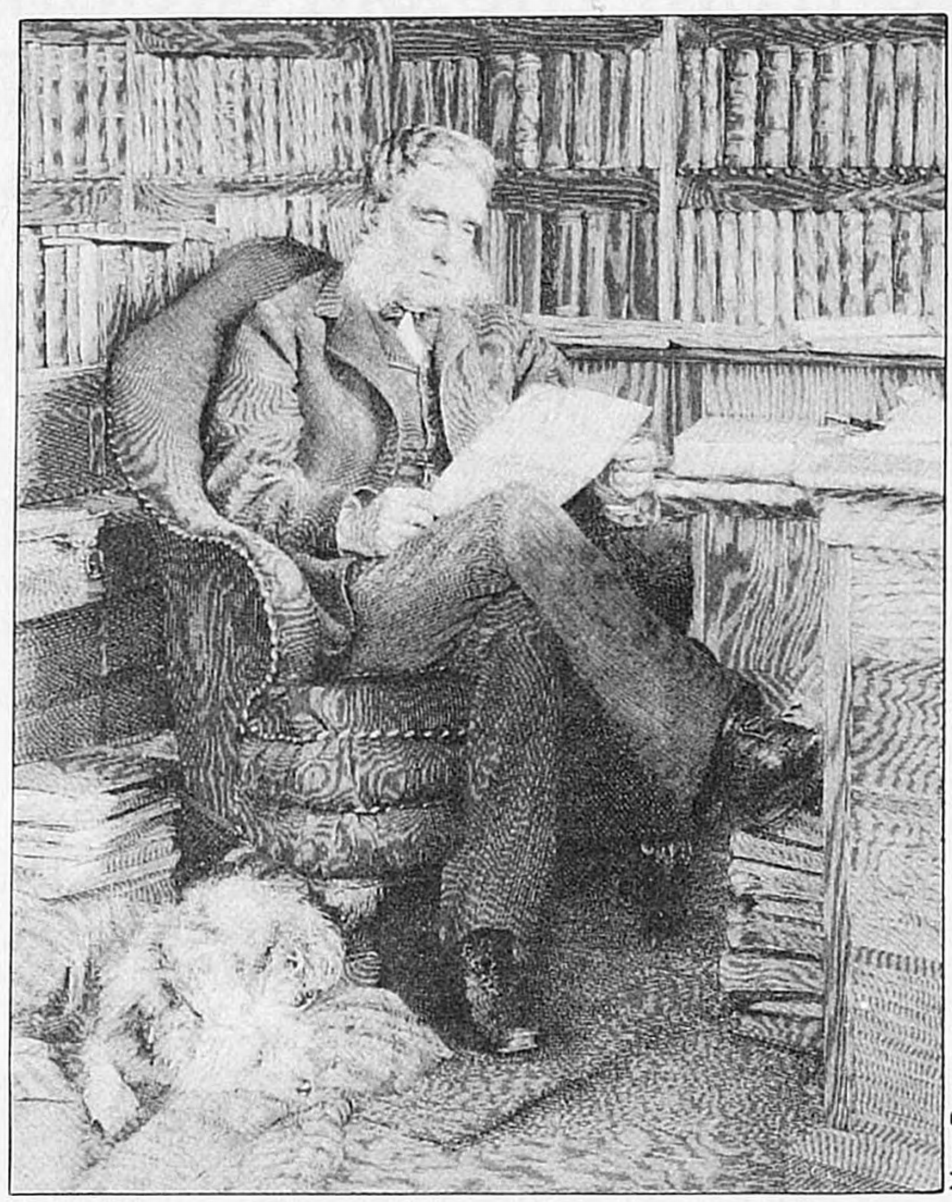Extreme right node raising
Wikipedia explains that "right node raising" is "a sharing mechanism that sees the material to the immediate right of parallel structures being in some sense 'shared' by those parallel structures, e.g. [Sam likes] but [Fred dislikes] the debates."
This construction is alive and well in modern English, but it flourished to a much greater extent in centuries past. I believe that it was once more common, though I don't have quantitative evidence. But 18th-century authors certainly produced examples that seem to go beyond the boundaries of modern prose style.
Here's a case in point, from Edward Gibbon's History of the Decline and Fall of the Roman Empire, Chapter X: Emperors Decius, Gallus, Aemilianus, Valerian And Gallienus.—Part II:
The Scythian hordes, which, towards the east, bordered on the new settlements of the Goths, presented nothing to their arms, except the doubtful chance of an unprofitable victory. But the prospect of the Roman territories was far more alluring; and the fields of Dacia were covered with rich harvests, sown by the hands of an industrious, and exposed to be gathered by those of a warlike, people.
As I read this passage on the plane to Helsinki, the part that I've put in bold struck me as characteristic of Gibbon's time, and foreign to contemporary prose style.
Read the rest of this entry »



